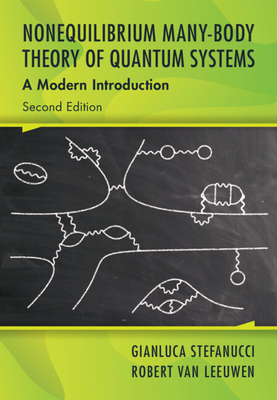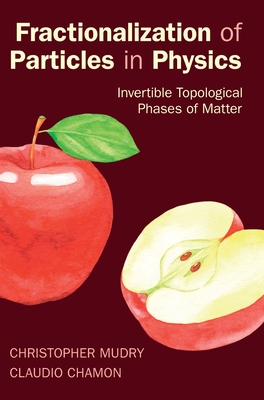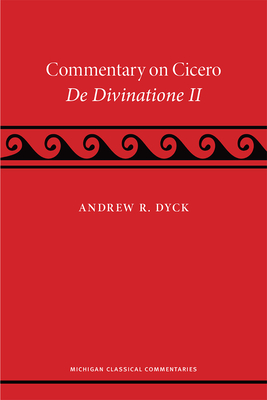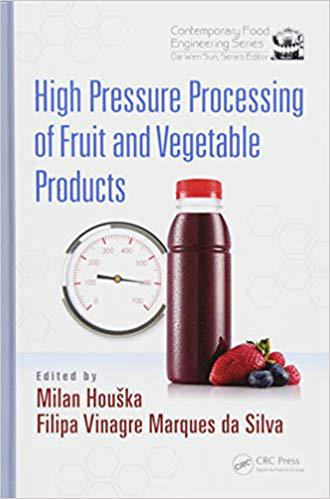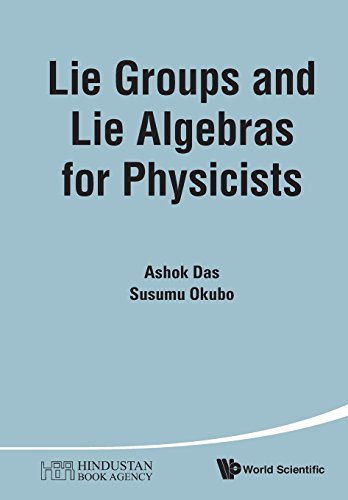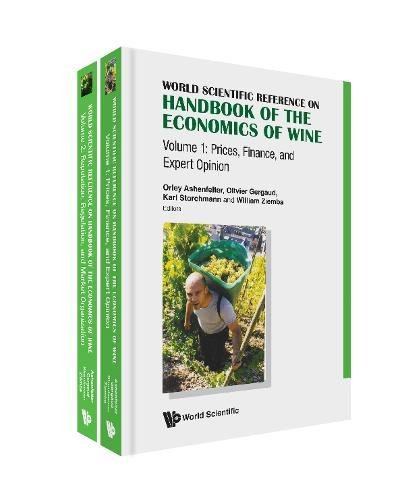
Handbook of The Economics of Wine (In 2 Volumes)(World Scientific Handbook in Financial Economics Series)
葡萄酒经济学手册(共两卷)
政治经济学
¥
5047.5
售 价:
¥
4038.00
优惠
平台大促 低至8折优惠
发货周期:预计3-5周发货
出版时间
2018年03月22日
装 帧
精装
页 码
900
语 种
英文
综合评分
暂无评分
- 图书详情
- 目次
- 买家须知
- 书评(0)
- 权威书评(0)
图书简介
Over the last three decades, wine economics has emerged as a growing field within agricultural economics, but also in other fields such as finance, trade, growth, environmental economics and industrial organization. Wine has a few characteristics that differentiate it from other agricultural commodities, rendering it an interesting topic for economists in general. Fine wine can regularly fetch bottle prices that exceed several thousand dollars. It can be stored a long time and may increase in value with age. Fine wine quality and prices are extraordinarily sensitive to fluctuations in the weather of the year in which the grapes were grown. And wine is an experience good, i.e., its quality cannot be ascertained before consumption. As a result, consumers often rely on "expert opinion" regarding quality and maturation prospects.
This handbook takes a broad approach and familiarizes the reader with the main research strands in wine economics.
After a general introduction to wine economics by Karl Storchmann, Volume 1 focuses on the core areas of wine economics. The first papers shed light on the relevance of the vineyard’s natural environment for wine quality and prices. "Predicting the Quality and Prices of Bordeaux Wine" by Orley Ashenfelter is a classic paper and may be the first wine economics publication ever. Ashenfelter shows how weather influences the quality and the price of Bordeaux Grands Crus wine. Since the weather condition of the year when the grapes were grown is known, an econometric analysis may be constructed. It turns out this model outperforms expert opinion, i.e., critical vintage scores. At best, expert opinion reflects public information. The subsequent papers, by Ashenfelter and Storchmann, Gergaud and Ginsburgh, and Cross, Plantinga and Stavins, tackle the terroir question. That is, they examine the relevance of a vineyard’s physical characteristics for wine quality and prices, but from various dimensions and with different results. Next, Alston et al. analyze a question of great concern in the California wine industry: the causes and consequences of the rising alcohol content in California wine. Is climate change the culprit?
The next chapter presents three papers that apply hedonic price analyses to fine wine. Combris, Lecocq and Visser show that Bordeaux wine market prices are essentially determined by the wines’ objective characteristics. Costanigro, McCluskey and Mittelhammer differentiate their hedonic analysis for various market segments. Ali and Nauges incorporate reputational variables into their pricing model and distinguish between short- and long-run price effects.
The next section of this volume deals with one of the unique characteristics of wine — its long storage life, which makes it potentially an investment asset. Studying wine’s increasing role as an alternative asset class, Sanning et al., Burton and Jacobsen, Masset and Weisskopf, Masset and Henderson, and Fogarty all examine the rate of return to holding wine as well as the related risks. Since these papers analyze different wines and different time periods there is no "one message." However, all point out that, while wine may diversify an investor’s portfolio, wine’s returns do not beat common stock in the long run.
The last two chapters examine the role of wine experts. First, Ashenfelter and Quandt revisit the 1976 "Judgment of Paris" and show that aggregating the assessments of several judges should go beyond "adding points." Depending on the method employed, the results may vary, and some measure of statistical precision is essential for interpreting the reliability of the results. In two different papers, Cicchetti and Quandt respond to the necessity to provide statistical tools for the assessment of wine tastings.
In a seminal paper, Hodgson reports a remarkable field experiment in which similar wines were placed before judges at a major competition. The results have the shocking implication that how medals are awarded at a major California wine fair is not far from being random. Ashton analyzes the performance of professional wine judges and finds little support for the idea that experienced wine judges should be regarded as experts.
Do experts scores influence the price of wine? The answer to this question is less obvious then commonly thought since expert opinion oftentimes only repeats public information such as wine quality that results from the weather that produced the wine grapes. Hadj Ali, Lecocq, and Visser as well as Dubois and Nauges find that high critical scores exert only small effects on wine prices. However, Roberts and Reagans show that a high critical exposure reduces the price-quality dispersion of wineries.
Lecocq and Visser analyze wine prices and find that "characteristics that are directly revealed to the consumer upon inspection of the bottle and its label explain the major part of price differences." Expert opinion and sensory variables appear to play only a minor role. In an experimental setting using two Vickrey auctions, Combris, Lange and Issanchou confirm the leading role of public information, i.e., the label remains a key determinant for champagne prices. In a provocative and widely discussed study drawing on blind tasting results of some 5,000 wines, Goldstein and collaborators find that most consumers prefer less expensive over expensive wine.
Finally, Weil examines the value of expert wine descriptions and lets several hundred subjects match the wines and their descriptors. His results suggest that the ability to assign a certain description to the matching wine is more or less random.
Volume 2 covers the topics reputation, regulation, auctions, and market organizational. Landon and Smith, Anderson and Schamel, and Schamel analyze the impact of current quality and reputation (i.e., past quality) on wine prices from different regions. Their results suggest that prices are more influenced by reputation than by current quality. Costanigro, McCluskey and Goemans develop a nested framework for jointly examining the effects of product, firm and collective reputation on market prices.
The following four papers deal with regulatory issues in the US as well as in Europe. While Riekoff and Sykuta shed light on the politics and economics of the three-tier system of alcohol distribution and the prohibition of direct wine shipments in the US, Deconinck and Swinnen analyze the European planting rights system. The political economy of European wine regulation is then covered by Melonie and Swinnen, before Anderson and Jensen shed light on Europe’s complex system of wine industry subsidies.
The next chapter is devoted to wine auctions. In three different papers, Fevrier, Roos and Visser, Ashenfelter, and Ginsburgh analyze the effects of specific auction designs on the resulting hammer prices. The papers focus on multi-unit ascending auctions, absentee bidders, and declining price anomalies.
The last chapter, supply and organization, is devoted to a wide range of issues. First, Heien illuminates the price formation process in the California winegrape industry. Then, Frick analyzes if and how the separation of ownership and control affects the performance of German wineries.
Vink, Kleynhans and Willem Hoffmann introduce us to various models of wine barrel financing, particularly to the Vincorp model employed in South Africa. Galbreath analyzes the role of women in the wine industry. He finds that (1) women are underrepresented and (2) that the presence of a female CEO increases the likelihood of women in winemaker, viticulturist, and marketing roles in that firm. Gokcekus, Hewstone, and Cakal draw on crowdsourced wine evaluations, i.e., Wine Tracker data, and show that private wine assessments are largely influenced by peer scores lending support to the assumption of the presence of a strong herding effect.
Mahenc refers to the classic model of information asymmetries and develops a theoretical model highlighting the role of informed buyers in markets that are susceptible to the lemons problem. Lastly, in their paper "Love or Money?" Scott, Morton and Podolny analyze how the presence of hobby winemakers may distort market outcomes. Hobby winemakers produce higher quality wines, charge higher prices, and enjoy lower financial returns than professional for-profit winemakers. As a result, profit-oriented winemakers are discouraged from locating at the high-quality end of the market.
本书暂无推荐
本书暂无推荐
